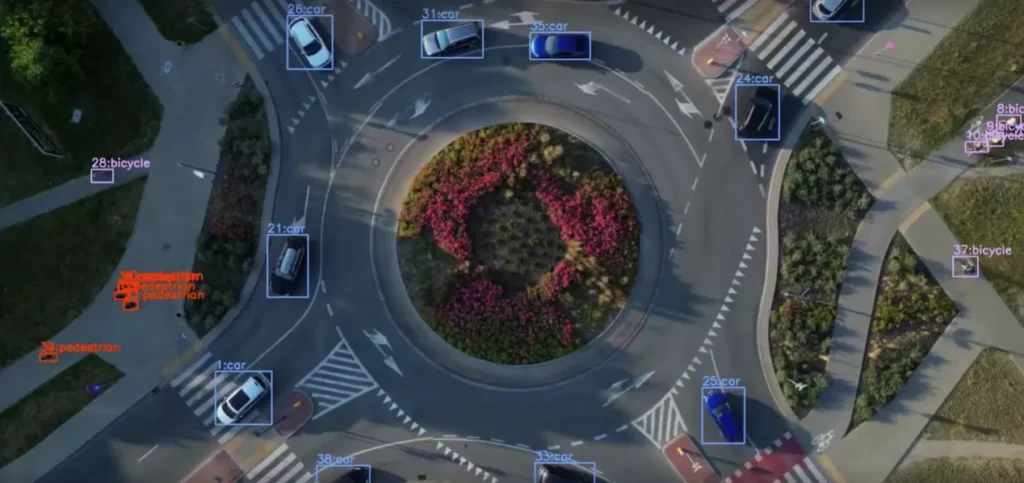

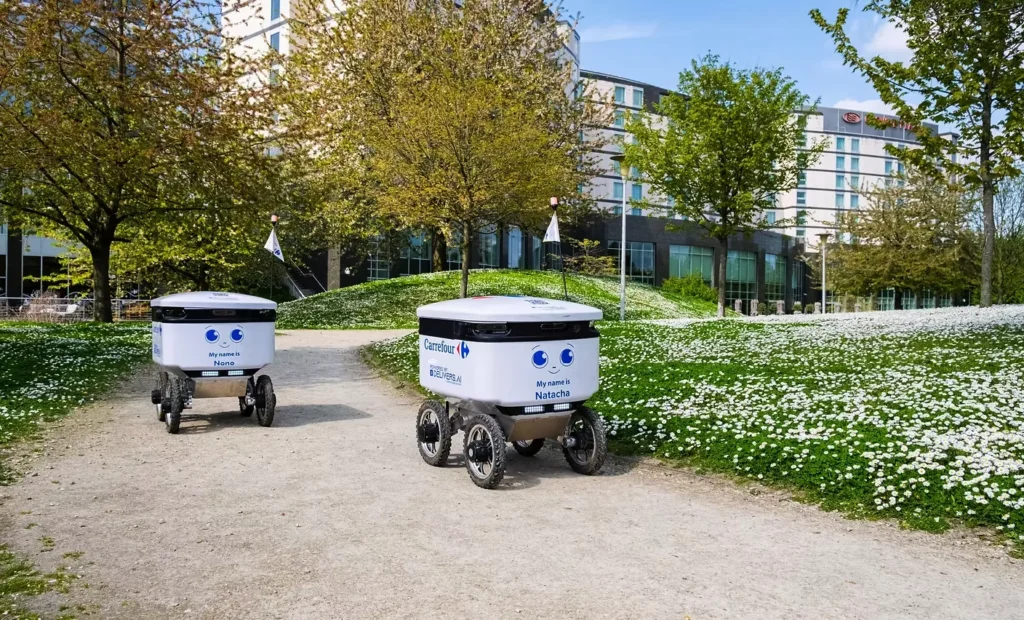

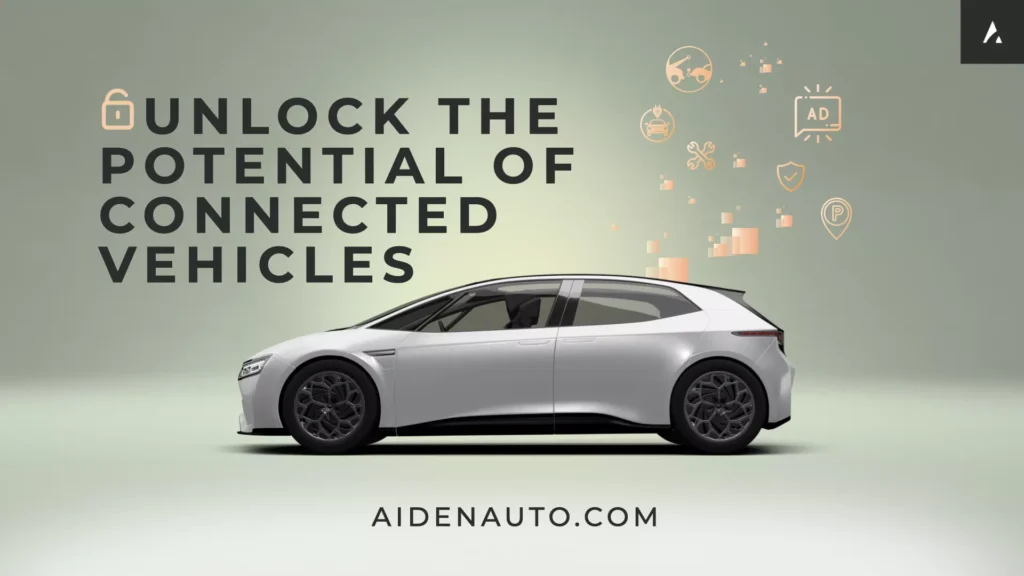






From EVs and batteries to autonomous vehicles and urban transport, we cover what actually matters. Delivered to your inbox weekly.

Urban mobility and logistics fleets face mounting pressure – unpredictable demand, local regulations, razor-thin margins, and growing sustainability goals. Yet many operators still rely on dashboards, static reports, or manual workflows, the tools that show problems but rarely solve them.
SWITCH flips that model. The Rome-based startup has built an AI-powered platform that acts as a decision-making partner for fleet teams. It forecasts demand, simulates scenarios, optimizes rebalancing, dispatches tasks, and even suggests pricing strategies.
Rather than adding another dashboard, SWITCH delivers a modular AI layer that integrates into daily operations.
SWITCH started with a simple pain point. Co-founder Matteo Forte was frustrated by the hassle of ending car-sharing trips in crowded cities like Rome. In early 2020, he and his team launched a consumer-facing app that let users hand off vehicles directly to one another, avoiding the search for parking.
Then the pandemic hit. With urban mobility frozen, SWITCH paused the rollout and started listening. As Forte and his team spoke to operators across Europe, a new pattern emerged – shared mobility services weren’t struggling because of bad UX. They were struggling with inefficient operations. Vehicles were left idle, field teams were stretched thin, and decisions were made by gut instead of data.
That insight prompted a full pivot.
SWITCH re-emerged as a B2B software company, focused on helping mobility and logistics fleets operate more intelligently. The new mission was to build a platform that uses AI to simulate, optimize, and act, functioning like a digital teammate for operations teams.
That concept became the foundation for SWITCH’s Agentic AI platform – a decision-making layer that can support, automate, and improve how fleets run every day.
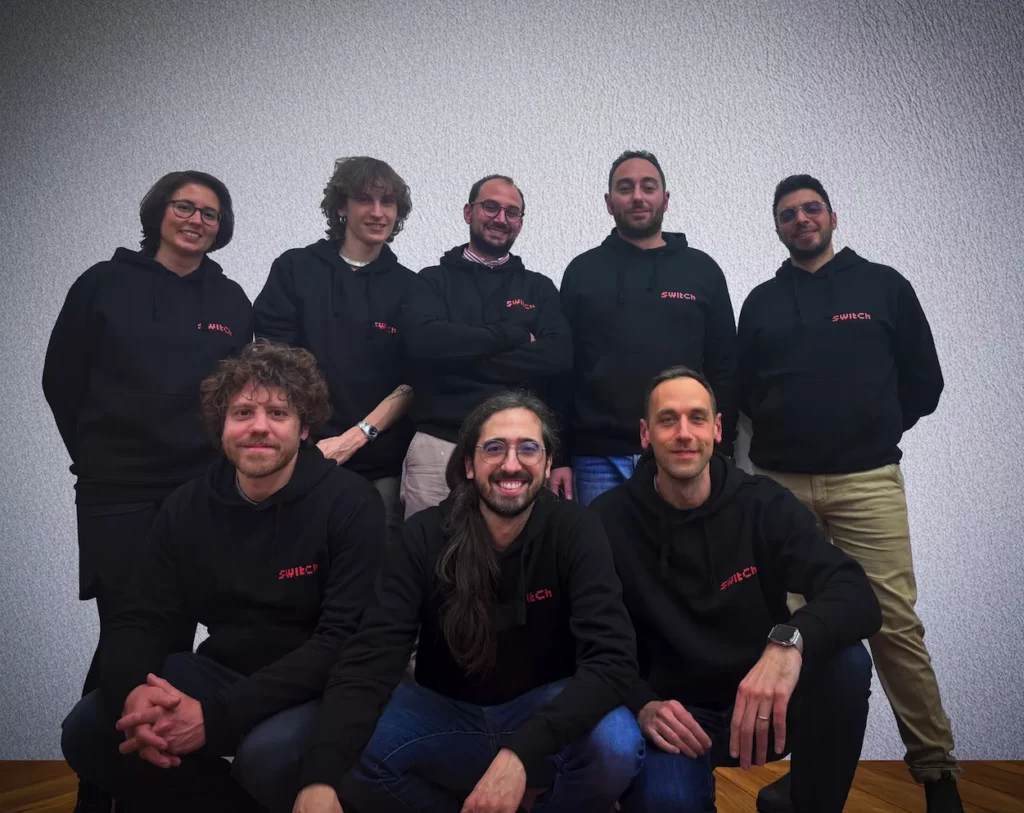
SWITCH is a modular, AI-powered platform built to act like an operations teammate. It forecasts demand, optimizes decisions, and can even take actions automatically in the field.
The platform is based on what SWITCH calls Agentic AI. It combines proven mobility operations logic, such as routing, rebalancing, and energy management – with newer AI methods like generative modeling and task-oriented language tools.
This AI agent can handle real operational work – rebalancing fleets, dispatching tasks, adjusting prices, or creating reports. It draws on both internal fleet data and external factors like weather, events, or traffic conditions to adapt in real time.
Operators interact with it through a chat-based interface powered by large language models. Teams can ask questions, get recommendations, or request specific actions. The agent understands goals, weighs trade-offs, and responds with optimal next steps. It’s like having an experienced team member built into the workflow.
Everything is modular. Operators can use the full suite or just the parts they need. SWITCH’s architecture also integrates easily with existing tools through APIs or platforms like Slack, fitting neatly into current operations.
SWITCH’s AI platform is built around two main products – Urbiverse and Urban CoPilot. Each focuses on a different part of fleet operations, and together they form a modular system that supports both long-term planning and day-to-day execution.
Urbiverse is SWITCH’s planning and simulation tool. It helps operators design services before they go live. The system creates synthetic city environments using generative AI and simulation models, so teams can test new fleet deployments, service areas, or infrastructure plans before making real-world changes. Operators can upload their own data and run what-if scenarios to see potential outcomes. Urbiverse is especially useful for fleet right-sizing, planning micromobility hubs, or locating charging and battery-swap stations.
Urban CoPilot handles the operational side. It’s SWITCH’s real-time optimization platform for managing fleets, predicting demand, assigning tasks, and tracking performance. Teams can use it to rebalance vehicles, monitor availability, and manage maintenance or charging. It’s available as a desktop dashboard and through a mobile app called Switch Operations, which helps field teams complete tasks like recharging or relocation on the go.
Both products run on SWITCH’s Agentic AI architecture and are now being merged into one unified interface. The goal is to have a single AI assistant that supports everything from strategic planning to minute-by-minute operations. And to have it available through a chat interface or API, depending on what each operator needs.
This combined experience is currently in Early Access testing, with selected partners trialing the full system and providing feedback from live environments. And as of September 2025, this Early Access is closed. In case SWITCH opens its Early Access once more, we’ll notify you as soon as possible!
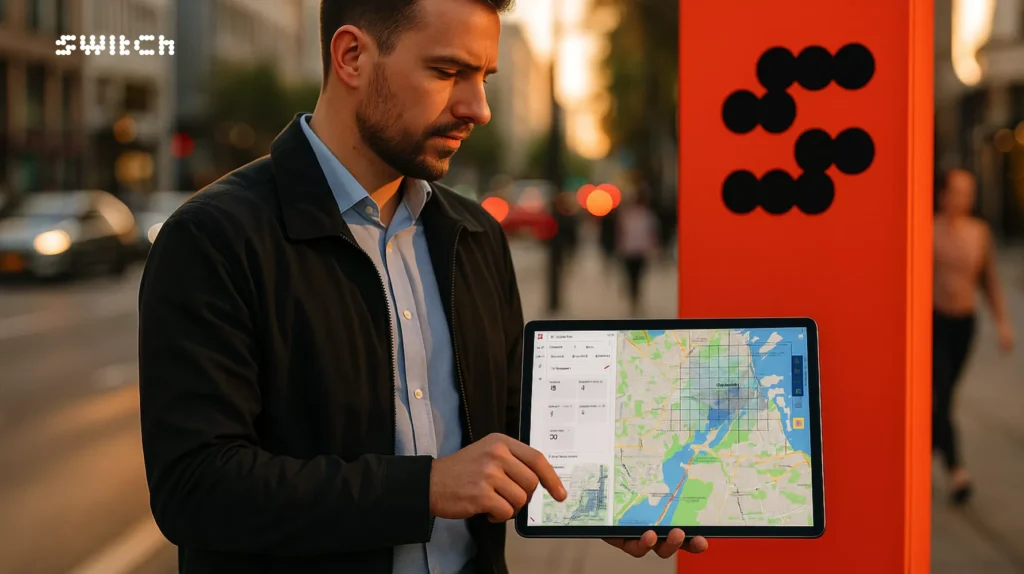
SWITCH’s platform is already proving itself in real-world operations across Europe.
In Milan, the vanpool startup Wayla used Urbiverse to plan its 2024 launch. The company simulated demand, vehicle placement, and service zones before sending out a single van. Four months later, Wayla compared the forecast with actual performance and found a 92% match between predicted and real demand. That was a clear validation of SWITCH’s modeling accuracy.
Further south, the micromobility operator Elerent used Urban CoPilot to improve the daily management of its e-scooter fleet. Over three months, SWITCH’s AI handled forecasting, task assignment, and rebalancing guidance. The outcome was incredibly positive. A 25% boost in operational efficiency, helping Elerent keep more scooters available and cut idle time.
To expand these results, SWITCH launched an Early Access Program in 2025. The program lets selected mobility and logistics partners test the full Agentic AI suite, including simulation, forecasting, optimization, and chat-based assistance. Each partner receives personalized onboarding, integration support, and six to eight weeks of live testing. The program is free and designed to help operators evaluate SWITCH in real environments before scaling up.
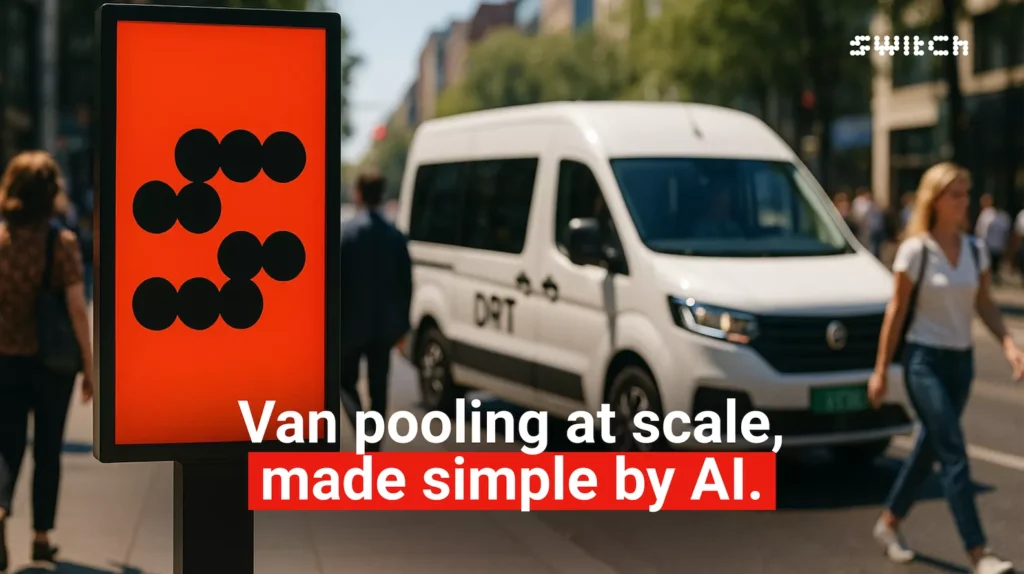
SWITCH takes a practical, operations-first approach to AI. Instead of relying on costly sensors or opaque “black-box” models, it uses interpretable AI, modular optimization tools, and real-world data to deliver clear results that operators can understand and trust.
At the heart of the system is a proprietary AI simulation engine trained on millions of real-world trips from several countries. It blends machine learning, forecasting, and simulation in a transparent way. The goal isn’t to replace human judgment—it’s to support operations teams with AI that explains its reasoning and adapts to live conditions.
The platform works across vehicle types and services – from scooters to vans to shared cars – and supports both station-based and free-floating models. It’s used in shared mobility, delivery, and logistics. This range is possible because SWITCH runs on a modular, vehicle-agnostic AI layer that can be configured for each operator’s needs.
Integration is another key feature. SWITCH provides APIs and connectors that pull data from existing fleet systems and external sources like weather or events. It can also send outputs to other tools, including communication platforms such as Slack, so teams get AI-generated insights inside their normal workflows.
In short, SWITCH is a flexible intelligence layer that fits around existing systems, making AI more usable, transparent, and immediately helpful for real-world mobility operations.
SWITCH runs on a B2B software-as-a-service model. Operators pay a setup fee followed by an annual subscription to access features like simulations, real-time optimization, or the AI agent interface. Because the system is modular, clients can choose the full suite or connect only through API integrations that work inside their existing tools.
This flexibility allows SWITCH to serve many types of customers. From micromobility and car-sharing operators to vanpool and logistics fleets. Some cities and public agencies also use the platform to plan infrastructure or test new mobility policies with synthetic scenario models.
The business model is built around outcomes. By helping fleets use vehicles more efficiently, reduce rebalancing trips, and improve task management, SWITCH positions itself as a cost-saving intelligence layer, not just another analytics dashboard.
In February 2025, SWITCH raised €946,000 in pre-seed funding, which included €728,000 in equity and additional non-dilutive support. The round was backed by:
The funds are being used to unify SWITCH’s products into one platform, expand the Early Access Program, and grow the team in Italy as the company scales across European mobility markets.
SWITCH is getting ready to launch a unified platform that combines Urbiverse, Urban CoPilot, and the AI agent into one connected system. This next release, planned for late 2025, will give operators access to simulation, optimization, forecasting, and automation tools in a single workspace.
The goal is clear: SWITCH is evolving from separate tools into a full AI operations layer. It will be accessible through a dashboard, a mobile app, or directly via API inside third-party platforms.
Through its Early Access Program, SWITCH is already testing this experience with selected partners. Each pilot includes integration support, data setup, and six to eight weeks of real-world use. During that time, the platform learns from internal and external data, adapting to each fleet’s unique operating environment.
Instead of chasing short-term pilots or hype projects, SWITCH is focused on building invisible infrastructure, a flexible AI layer that runs quietly in the background, helping mobility systems operate more efficiently at scale.
Mobility operators need systems that make decisions in real time – based on data, context, and goals.
That’s what SWITCH is building. It’s a digital teammate, an AI layer that sees what’s happening, predicts what’s next, and acts when needed.
Traditional fleet software only reports problems. SWITCH helps solve them. It delivers adaptive, AI-powered execution, supporting every planning step and every field operation without replacing the people who run them.